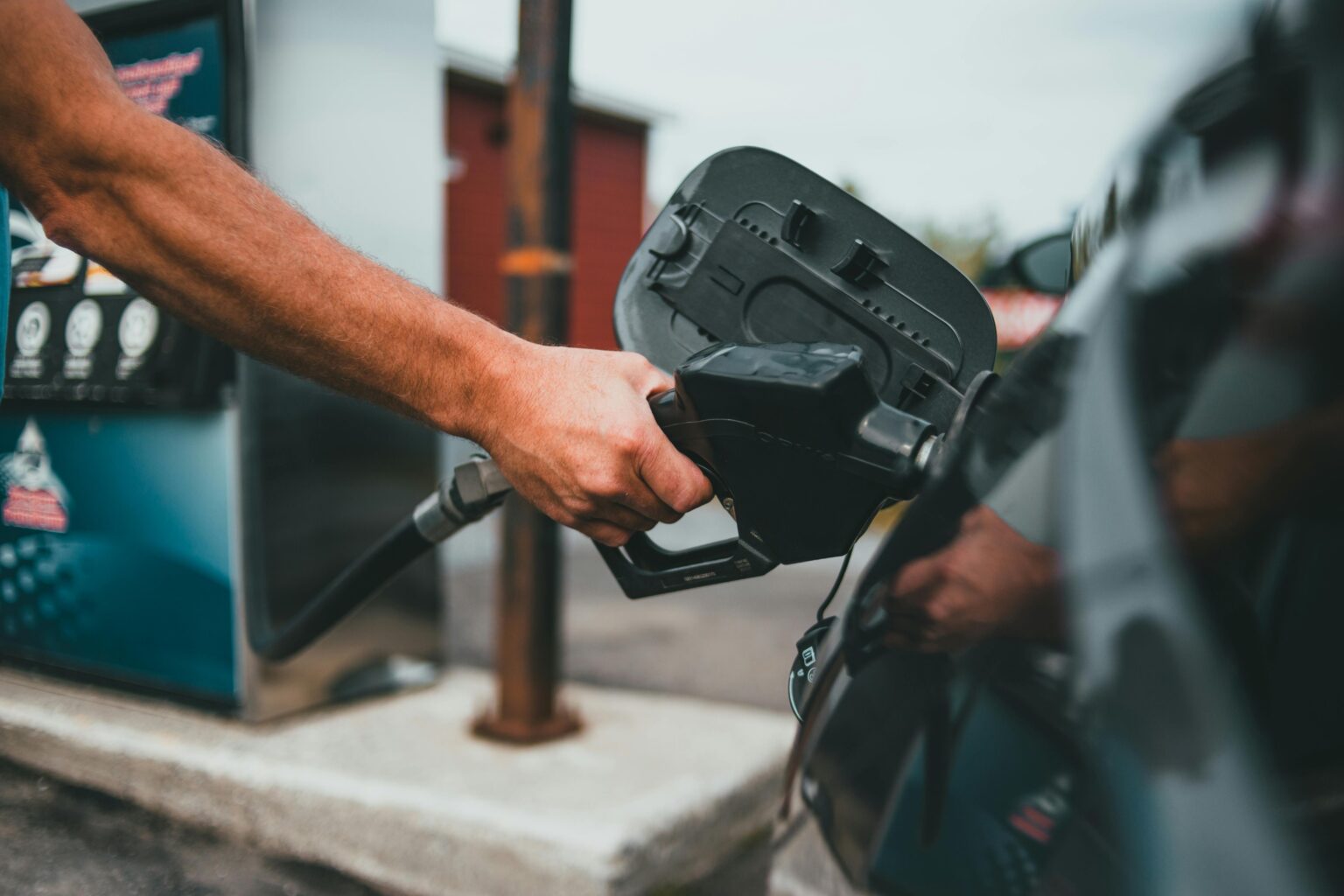Fuel retailers in the UK continue to enjoy elevated profit margins even as pump prices for petrol and diesel decline, according to the latest monitoring report by the Competition and Markets Authority (CMA).
The report, covering developments in the road fuel retail market from March to May 2025, finds that while fuel prices dropped significantly during the period, margins have remained well above historic norms—indicating persistent weakness in competition across the sector.
“While there is uncertainty over how global events will impact the price of oil, our report shows fuel margins remain high compared to historic levels despite lower prices at the pump in recent months,” said Dan Turnbull, Senior Director of Markets at the CMA.
Price Trends
From the end of February to the end of May 2025, average petrol and diesel prices fell by 7.6 and 8.4 pence per litre (ppl), respectively. By May’s end, petrol averaged 132.0 ppl and diesel 138.4 ppl. These declines were attributed to shifts in crude oil prices and refining spreads, largely driven by global market forces.
Margins and Retail Spreads
Despite these price reductions, the CMA noted that fuel margins—defined as the difference between the wholesale and retail prices—remain close to the high levels identified in its 2023 market study.
Supermarket fuel margins fell from 8.9% in December 2024 to 7.9% in February 2025, before rebounding slightly to 8.3% in March. Non-supermarket retailers saw a similar trend, with margins climbing from 8.9% in January to 10.4% in March.
Retail spreads, another measure of profitability, also increased. Between March and May, the average petrol retail spread stood at 15.4 ppl, more than double the 2015–2019 average of 6.5 ppl. Diesel spreads were even higher at 18.8 ppl—well above the pre-2020 average of 8.6 ppl.
Next Steps and Fuel Finder Scheme
The CMA stressed that while retail spread analysis can indicate pricing trends, it is a less precise measure of market competitiveness than fuel margins. A more detailed assessment of retailer operating costs is expected later this year in the CMA’s first annual road fuel monitoring report.
In response to earlier CMA recommendations, the government has committed to launching a ‘fuel finder’ scheme aimed at improving price transparency. Set to roll out by the end of 2025 (subject to legislation), the scheme will allow drivers to compare live fuel prices via apps, navigation systems, and websites.
This latest monitoring update is based on data obtained under the CMA’s enhanced powers granted by the Digital Markets, Competition and Consumers Act.
The CMA has issued statutory information notices to major retailers, including Tesco, Asda, BP, Shell, and Sainsbury’s, among others.
Further details and previous reports are available on the CMA’s official website.
The report, covering developments in the road fuel retail market from March to May 2025, finds that while fuel prices dropped significantly during the period, margins have remained well above historic norms—indicating persistent weakness in competition across the sector.
CMA’s Concerns Are Not New
In April, Antitrust Intelligence reported on the CMA’s concerns about fuel prices, retail spreads, and profit margins. The note analysed supermarkets’ profitability ratios and whether these were high enough to attract regulatory scrutiny. You can find the full note here.
